Objectives of the service
Commercial drone operators are required by aviation authorities to ensure safe containment in case of loss of control, but most lack the technical capability and resources to design compliant systems. Current solutions are often unreliable, limited in range, or non-compliant with regulations, preventing large-scale, safe BVLOS operations.
Vixos Beyond addresses this problem by providing a turnkey, satellite-based flight termination system that allows operators to safely and remotely terminate a drone flight anywhere in the world. The system includes compact onboard and ground units connected through Iridium satellite communication, integrated GNSS for geofencing and tracking, and complete regulatory documentation for easy approval.
The objectives of the FTS (Flight Termination System) activity are to develop, validate, and demonstrate the fully featured Beyond 22 and Base Multi systems, which expand functionality to multiple drones and advanced termination modes. Through pilot demonstrations and market analysis, the activity will confirm user requirements, ensure regulatory compliance, and prepare for large-scale commercialization. The project also aims to achieve recognition from aviation authorities, establishing Vixos Beyond as a pre-approved containment solution—removing the compliance burden from users and enabling safe, widespread drone operations across Europe and beyond.

Users and their needs
The targeted user communities include drone manufacturers and drone operators conducting professional and commercial operations in Europe and other regions adopting JARUS-based regulation. These users are found across sectors such as infrastructure inspection, delivery and logistics, and agriculture, where Beyond Visual Line of Sight (BVLOS) operations are essential.
Pilot users involved in the activity include Drone Volt (France), Upteko (Denmark), Orthodrone (Germany), and Wefly (Denmark), representing both manufacturers and operators actively seeking regulatory-compliant containment solutions.
User needs:
-
Reliable, independent flight termination to ensure safety in case of loss of control.
-
Compliance with EASA and JARUS requirements for containment without complex in-house development.
-
Simple installation, integration, and documentation for easy approval.
-
Long-range and global operation without local radio frequency limitations.
-
Flexibility in termination types (immediate stop or controlled descent).
Challenges:
-
Balancing compact design with robustness and reliability.
-
Demonstrating compliance across multiple regulatory frameworks.
-
Adapting to varied operational environments and user platforms.
-
Achieving authority recognition so compliance is pre-approved.
The primary target markets are Europe (especially Denmark, France, and Germany), followed by future expansion into North America and Asia.

Service/ system concept
Vixos Beyond provides drone operators and manufacturers with a complete, ready-to-use safety system that allows them to instantly and reliably stop or safely land a drone if it loses control. The system gives users global communication coverage, flexible termination options, and full regulatory documentation—ensuring compliance without additional technical or administrative work.
In simple terms, the system works like an emergency stop button that always functions, no matter where the drone is flying. It consists of two parts:
-
Beyond 22, a small unit installed on the drone.
-
Beyond Base Multi, a handheld or stationary ground unit used by the operator.
These units communicate through the Iridium satellite network, ensuring a connection anywhere in the world. The onboard unit can receive a manual termination command from the operator or automatically trigger a safe landing if the drone leaves a defined area (geofencing). It also uses satellite positioning (GNSS) to provide location updates during and after flight.
The architecture is simple: a secure satellite link connects the drone and the operator, enabling safe, independent control that does not rely on the drone’s main flight systems or local radio networks—providing truly global, failsafe flight termination capability.

Space Added Value
Vixos Beyond uses two space assets: Iridium satellite communication and GNSS (Global Navigation Satellite System).
The Iridium network provides a global communication link between the drone and the operator. Unlike radio-based systems used by competitors, Iridium enables control at unlimited range—across countries or oceans—without interference, directional antennas, or regional frequency restrictions. This ensures reliable communication even when the drone is far from the pilot or flying in remote areas where terrestrial networks are unavailable.
GNSS provides independent positioning of the drone, enabling automatic termination based on predefined geographic zones (geofencing) and accurate tracking of the drone’s location during and after an emergency.
The combination of these two space assets gives Vixos Beyond a decisive advantage: it ensures global reach, independence from local infrastructure, and uninterrupted safety control even in complex environments. Competing systems based on standard radio links have limited range (typically 2–5 km), depend on line-of-sight conditions, and often lose functionality in urban or remote settings. By leveraging satellite assets, Vixos Beyond provides a robust, regulation-ready containment solution that works anywhere in the world—meeting both the safety and compliance requirements of professional drone operations.
Current Status
The project has completed Baseline Design Review (BDR) and Critical Design Review (CDR) milestones in October 2025 with a fixed design for both airborne and base units. The project is currently focusing on PCB design and physical integration for the next milestone: the Factory Acceptance Tests (FAT).



